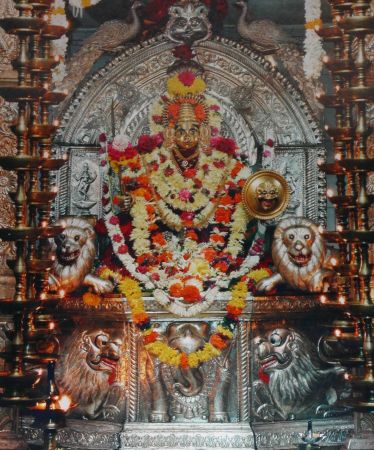How much can you lose in equity?
Posting in Full :
People, sometimes, have no rules, limits, and have no clue on how to invest in equities. These people can, should and do lose their shirt, pants and undergarments and full well deserve it.
Let us say you are a well qualified, sensible, boy or girl and wish to invest in equities. Well if you do not want to be an active participant, you could choose a mutual fund. If you do not trust fund managers (I trust only 5 out of the 100 odd that I would have met), choose an index fund – the cheaper (and with lesser tracking error too) the better.
But if you want to be a little more adventurous and wish to invest in direct equities follow these rules so your losses are limited to the minimum.
Let us say you are 35 years and wish to create a portfolio. You are a woman, earning Rs. 8 lakhs, and are not the primary provider of the house. So you can take a little more risk than a man, who is the primary provider.
So let us say you have Rs. 10 lakhs to invest, and influenced by this site, you decide to put Rs. 8 lakhs in equities.
Rule No.1: NOT more than 80% of the SECONDARY earner’s portfolio will be in equities.
Rule No. 2: NOT more than 5% will be invested in ONE Company, as an initial investment. In case the share does well, we will LET it go up to 25% of one’s EQUITY portfolio. Anything in excess will be constantly sold off.
Let us say you are able to add Rs. 20,000 to the equity portfolio every month, and this share is also going up every month, it will take a real long time to breach the upper limit (unless you have picked one diamond and all other duds!).
Rule No. 3: Industry diversification I will learn or copy from a good fund manager’s portfolios, and I will buy only in group A, or B1. I will NOT touch a share in group B2, or T2T….even if someone says these are future blue-chips.
Rule No. 4: I will keep a 25% trailing stop loss. Let me explain. You have bought Rs. 40,000 worth of Carborundum Universal (my examples are obviously from my portfolio, and my cost of this share is Rs. 3.59 per share, thanks to split and bonus, so if you want to copy me, go to 1990, or create your own portfolio). Suddenly the shares value falls to Rs. 30,000. You will do nothing. However on the day it falls below 30,000, you will sell. Knowing how to cut losses is as important as knowing how to let profits run.
Rule No. 5: I will review my portfolio on a quarterly basis. I have no business managing my own portfolio unless I can beat the index. Clearly if you beat the index for the first year, then the second year, then the third year…you are doing well. If you do not beat it for the first four quarters – and are trailing by a huge margin, sell and go to a good fund house.
Now, With all these rules in place how much can you lose?
Rs. 800,000 is the total investment, Rs. 40,000 is the maximum exposure to one stock, 25% is the trailing stop loss- so you can lose about Rs. 10,000.
Considering your liquid net-worth is Rs. 10,00,000 you stand to lose about 1% of your net-worth. Not an amount you need to lose sleep over.
